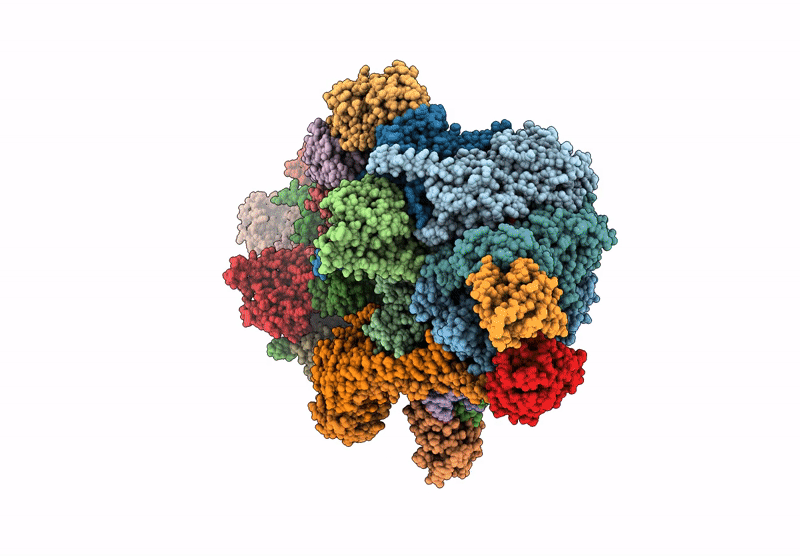
Deposition Date
2024-07-08
Release Date
2025-03-12
Last Version Date
2025-03-12
Entry Detail
PDB ID:
9IO5
Keywords:
Title:
Cryo-EM structure of G1-ATPase dimer from Mycoplasma mobile gliding machinery
Biological Source:
Source Organism:
Mycoplasma mobile 163K (Taxon ID: 267748)
Method Details:
Experimental Method:
Resolution:
3.20 Å
Aggregation State:
PARTICLE
Reconstruction Method:
SINGLE PARTICLE


